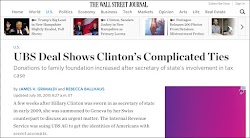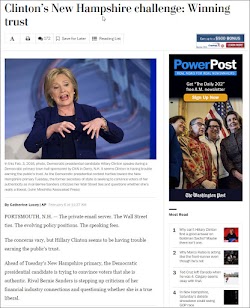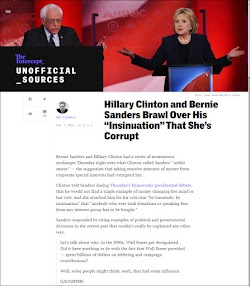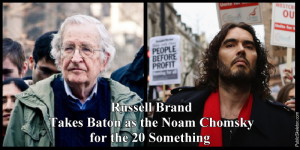 UBS Deal Shows Clinton’s Complicated Ties
UBS Deal Shows Clinton’s Complicated Ties
Donations to family foundation increased after secretary of state’s involvement in tax case
By JAMES V. GRIMALDI and REBECCA BALLHAUS
Updated July 30, 2015 8:27 a.m. ET
A few weeks after Hillary Clinton was sworn in as secretary of state in early 2009, she was summoned to Geneva by her Swiss counterpart to discuss an urgent matter. The Internal Revenue Service was suing UBS AG to get the identities of Americans with secret accounts.






